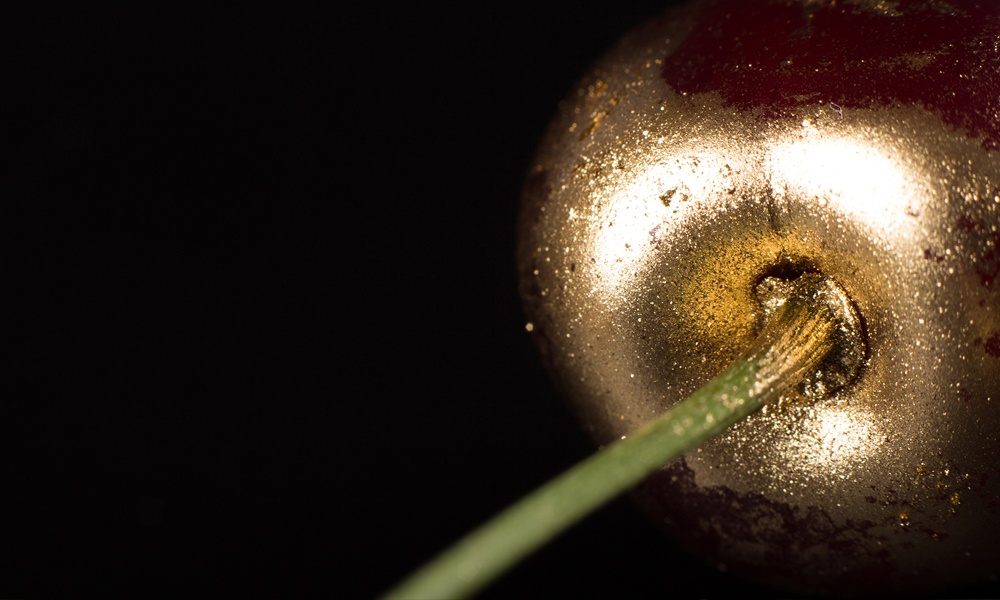
The Role of Sensory Research for FMCG Companies
When it comes to the competitive FMCG industry, market research is essential to ensure that your business continues to develop innovative products to stay relevant within the past-paced market. There a number of FMCG research methods which can be implemented to assist with product development and sensory research is a popular technique to ensure that a potential product is ready for the market.
What is sensory research?
Sensory research is designed to evaluate consumer products using the human senses – touch, smell, sight, sound and hearing. This method of FMCG market research is used extensively in the food and beverage industry to assist with the formulation of new products. The sensory experience is one of the most important factors for consumers when it comes to a new product – if it doesn’t appeal to the senses, people aren’t going to buy the product. Sensory research allows companies to obtain feedback on a product to gain insight into the potential market appeal of a product.
Why is sensory research important?
Launching a new product into the FMCG can sometimes be a gamble given the highly competitive nature of the industry. Will people respond positively to the product or not? Sensory research allows you to get essential consumer feedback into your product prior to a formal launch to the market. This can save your business a significant amount of money as you will be able to obtain data as to the potential response to a product prior to a full (and costly) launch.
Whether you have a brand new product that you want to introduce to the market or you want to make some tweaks to an existing product, the feedback obtained from sensory research means that modifications can be made to increase the appeal of the product. Sensory research can be used to great effect whether you have a product that you want to develop to appeal to a wide audience or you’re catering for a more niche market.
How is sensory research carried out?
There are a range of techniques which can be used for sensory product design and development. Sensory research can be carried out in a controlled setting where researchers can observe participants or can be carried out via in-home methods where consumers are sent products to try and provide feedback. There are two broad groups of sensory research – affective and analytical. Affective methods are concerned with subjective feedback related to customer preferences while analytical methods relate to objective facts about the product. Common sensory research techniques include expert training panels, product labs sensory curves and claims testing. Sensory research takes the guesswork out. If you think you have a product which will appeal to your market, it’s essential that you gain the appropriate feedback from your target audience.
Speak to Kantar Australia today to explore how you can develop innovative products with the help of sensory research.

